Structure of Chloroplasts
Chloroplasts are double-membrane organelles with an inner and outer membrane. Inside the chloroplast, there are structures called thylakoids, which are stacked into grana. The grana are surrounded by a fluid-filled space called the stroma. The thylakoid membranes contain chlorophyll and other pigments that are essential for capturing light energy.Function of Chloroplasts
The primary function of chloroplasts is to carry out photosynthesis. During photosynthesis, chlorophyll absorbs light energy, which is then used to convert carbon dioxide and water into glucose and oxygen. This process is essential for the survival of plants and other organisms that depend on them for food and oxygen.Key Points to Remember
- Chloroplasts are unique to plant cells and some algae.
- They are responsible for the process of photosynthesis, converting light energy into chemical energy.
- Chloroplasts have a double-membrane structure, with thylakoids, grana, and stroma inside.
- The primary pigment in chloroplasts is chlorophyll, which captures light energy.
Study Guide
To better understand chloroplasts, consider the following study guide:- Describe the structure of chloroplasts and their components.
- Explain the process of photosynthesis and the role of chloroplasts in this process.
- Discuss the importance of chloroplasts in the food chain and ecosystem.
- Compare and contrast chloroplasts with other organelles, such as mitochondria.
- Research the impact of environmental factors, such as light intensity and temperature, on chloroplast function.
◂Science Worksheets and Study Guides Eighth Grade. Bones, muscles, and skin
Study Guide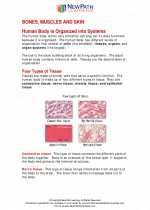 Bones, muscles, and skin
Bones, muscles, and skin  Worksheet/Answer key
Worksheet/Answer key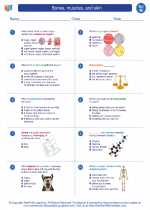 Bones, muscles, and skin
Bones, muscles, and skin  Worksheet/Answer key
Worksheet/Answer key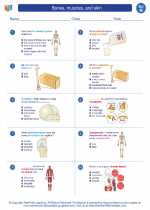 Bones, muscles, and skin
Bones, muscles, and skin  Worksheet/Answer key
Worksheet/Answer key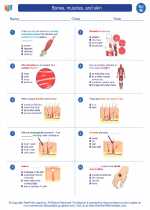 Bones, muscles, and skin
Bones, muscles, and skin  Vocabulary/Answer key
Vocabulary/Answer key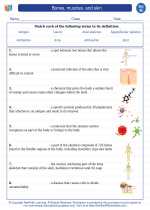 Bones, muscles, and skin
Bones, muscles, and skin  Vocabulary/Answer key
Vocabulary/Answer key Bones, muscles, and skin
Bones, muscles, and skin  Vocabulary/Answer key
Vocabulary/Answer key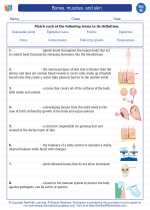 Bones, muscles, and skin
Bones, muscles, and skin  Vocabulary/Answer key
Vocabulary/Answer key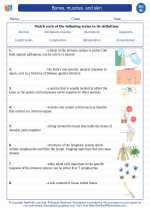 Bones, muscles, and skin
Bones, muscles, and skin  Vocabulary/Answer key
Vocabulary/Answer key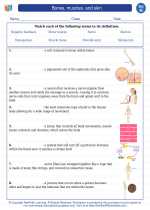 Bones, muscles, and skin
Bones, muscles, and skin  Vocabulary/Answer key
Vocabulary/Answer key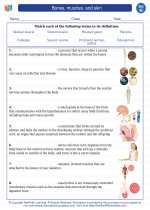 Bones, muscles, and skin
Bones, muscles, and skin  Vocabulary/Answer key
Vocabulary/Answer key Bones, muscles, and skin
Bones, muscles, and skin 

 Worksheet/Answer key
Worksheet/Answer key
 Worksheet/Answer key
Worksheet/Answer key
 Worksheet/Answer key
Worksheet/Answer key
 Vocabulary/Answer key
Vocabulary/Answer key
 Vocabulary/Answer key
Vocabulary/Answer key
 Vocabulary/Answer key
Vocabulary/Answer key
 Vocabulary/Answer key
Vocabulary/Answer key
 Vocabulary/Answer key
Vocabulary/Answer key
 Vocabulary/Answer key
Vocabulary/Answer key
 Vocabulary/Answer key
Vocabulary/Answer key
